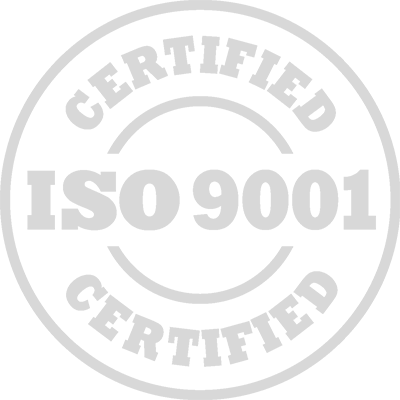Introduction
This information overload in the workplace program can help anyone at any level to improve the speed and effectiveness of their reading (for work and study).
The information overload in the workplace course also explains the secrets of super memory systems. It shows how mind mapping can improve note-making, planning, and communication skills.
Targeted Groups
This information overload in the workplace course suits all people in all departments and managerial levels.
Course Objectives
At the end of this information overload in the workplace course, the participants will be able to:
- Read faster and better (combine speed reading with techniques for better comprehension).
- Learn how to use mind mapping for planning, note-making, clearer thinking, and better communication.
- Learn the secrets of memory systems – and how to use them to remember facts, procedures, names, and other information.
- Use mind maps to help you remember what you read.
- Develop confident, practical approaches to handling information overload at work.
- Learn the principles behind memory systems.
- Develop your ability to memorize and recall information.
- Develop note-making skills and learn how to read and use mind maps.
- Use mind mapping to help them remember what they read.
- Improve self-belief and self-confidence in the ability to handle information overload.
- Be more confident when planning and problem-solving.
Targeted Competencies
- NLP and emotional intelligence.
- Brain skills.
- Reading strategies.
- Mind mapping.
- Problem-solving.
- Time management.
Course Content
Unit 1: Brain Skills, Fast Reading and Mind Mapping
- Thinking about reading - and challenging your existing assumptions.
- Check current reading speed and understanding of the reading process.
- How the brain works and its relevance for reading more effectively and remembering more.
- The mechanics of how the eye works in tandem with the brain.
- Breaking delusions: challenging beliefs and assumptions about reading.
- Reading environment.
- How to be a successful reader?
- Different approaches to note-making.
- How do mind map skills work?
Unit 2: Reading Strategies and Memory Systems
- Reading strategies: the theory.
- Successful reading: increasing reading speed and effectiveness.
- Reading practice.
- Thinking about remembering.
- Memory systems introduced (Memory magic?).
- Remembering numbers.
- Using mind mapping to help you remember what you have read.
Unit 3: Reading at Work, Memory Rhythms, and Thinking in Groups
- More memory magic.
- Different approaches for reading documents, textbooks, emails, and the web.
- Getting control (how to read a book in a hurry).
- How we remember - and how we forget (and what to do about it!).
- Using mind mapping and reading strategies together.
- Thinking and working in groups.
- Project: mind mapping in teams.
Unit 4: Time Management and Outcome Planning For Better Results
- Team mind mapping presentations.
- Outcome planning for better results.
- Better time management as a tool for handling information overload.
- Reading: understanding an article and extracting key points.
- Mind mapping software (e.g., MindManager, MindMap, NovaMind).
- Mind mapping: when to use the software, when to use paper.
- Developing listening skills as part of the note-making process.
- Revision in context.
Unit 5: Problem-Solving, Meetings, and Planning for Success
- Putting it All Together: Your Toolkit for Handling Information Overload.
- Reading, remembering.
- Communicating in working life.
- Preparing for and participating in meetings.
- Reflective review (what have you learned, and how can you apply it in the real world?).
- Planning for success and planning to practice.
Solutions to Information Overload in the Workplace
In today's business landscape, information overload in the workplace is a pressing challenge that can hinder productivity and increase stress. It introduces a range of solutions to information overload to combat the course.
Participants in the information overload in the workplace course will learn strategies for reducing information overload, such as effective time management, using mind maps for organizing thoughts, and approaches to avoid information overload in communication.
Empowered with information overload strategies, individuals can manage and handle the influx of information more efficiently, enhancing their decision-making processes and business communications.
This section of the information overload in business course is dedicated to understanding information overload in communication, identifying the solution to information overload, and implementing information overload solutions to improve workplace performance.


